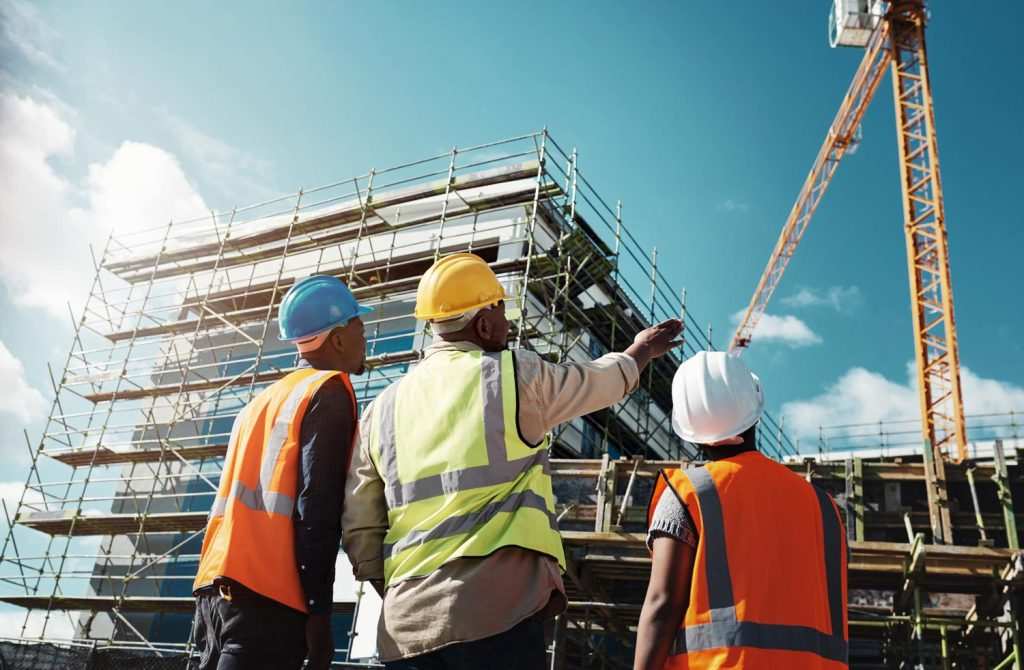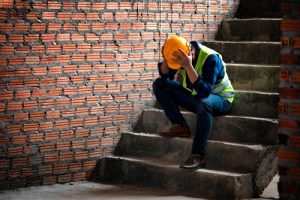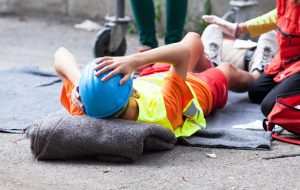Most people would consider a construction site a dangerous place. Not somewhere to walk willy-nilly or let your kids play in. Statistical data proves it. In 2019-2020 the HSE reported 40 deaths and over 81,000 health issues that were work-related. Ok, some of these can be a badly banged thumb, but of more concern are the disabling injuries construction workers can experience on-site.
However, with some forethought, competent training and strategic planning can ensure your construction site remains user-friendly and a low-risk environment as is possible in a busy construction site.
Potential Hazards On A Construction Site
- Working at heights
- Falls, slips & trips
- Moving objects – machinery & people
- Noise
- Manual & material handling
- Asbestos
- Electricity
- Hand-arm vibrations syndrome
- Collapsing structures
You can encounter many hazards on a construction site. However, no two sites are ever the same. Each has its particular hazards and working operations. Therefore, a risk assessment is essential to identify potential dangers and design a plan that lowers the risk to anyone working on or visiting the site. It is also vital to do an ongoing risk assessment to identify any new potential hazards and plans drawn or altered to fit any new potential problems.
5 General Safety Guidelines For Construction Sites
Any construction site, whatever its size, should, at the minimum, implement the following guidelines,
1: Wearing Personal Protection Equipment
Wearing PPE protects workers; not wearing it increases the chances of injury.
- Be seen! Wear a high-viz vest!
- Put on hard hats to protect heads.
- Wear safety boots to provide grip and protect feet.
These are the minimum guidelines for PPE on a construction site. Different jobs around the site might need additional PPE. Ensure the correct PPE is available and that it is worn!
2: Inductions
While inductions are a legal requirement for any construction site, paying attention to the information for the specific site is vital. Inductions provide all workers with information to ensure their time on the construction site is safe.
3: Signs
Potentially hazardous areas should be identified with signs informing workers and visitors of the risks and taking appropriate precautions.
4: Staff Training
Training staff in health and safety awareness, first aid, and the required knowledge to operate any vehicles or technical tools is vital in making your construction site safe. CPN Training LTD has various courses designed to make workers more aware of potential dangers and what safety measures need implementation.
5: Regular Inspections Of Equipment
All site equipment requires constant maintenance to ensure they are working correctly and have no malfunctions. Plus, their operator needs to be trained in their use.
Implementing Safe Practices
Safe practices for your construction site keep workers and visitors safe and play a huge part in getting the job done within the specified time. Implementing safe practices facilitates consistent construction processes. In addition, keeping your site safe has a positive knock-on effect on your business.
Want to do more in implementing safe practices and health and safety elements on your construction site? Give CPN Training a call, and we can assist you in meeting your goals with our adaptable training solutions, with classroom and on-site training.












